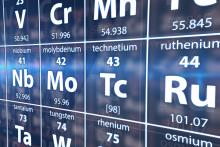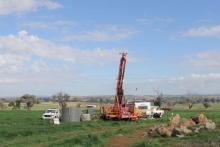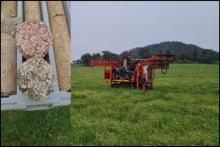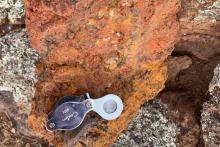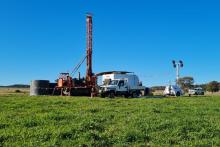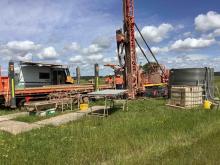ASX-listed junior precious and base metals explorer Godolphin Resources is set to kick off a follow-up reverse circulation drilling program at its high-priority Lewis Ponds project in the New South Wales Lachlan Fold Belt region’s Lachlan Transverse Zone next week following encouraging gold sniffs from an initial round of resource definition diamond drilling.

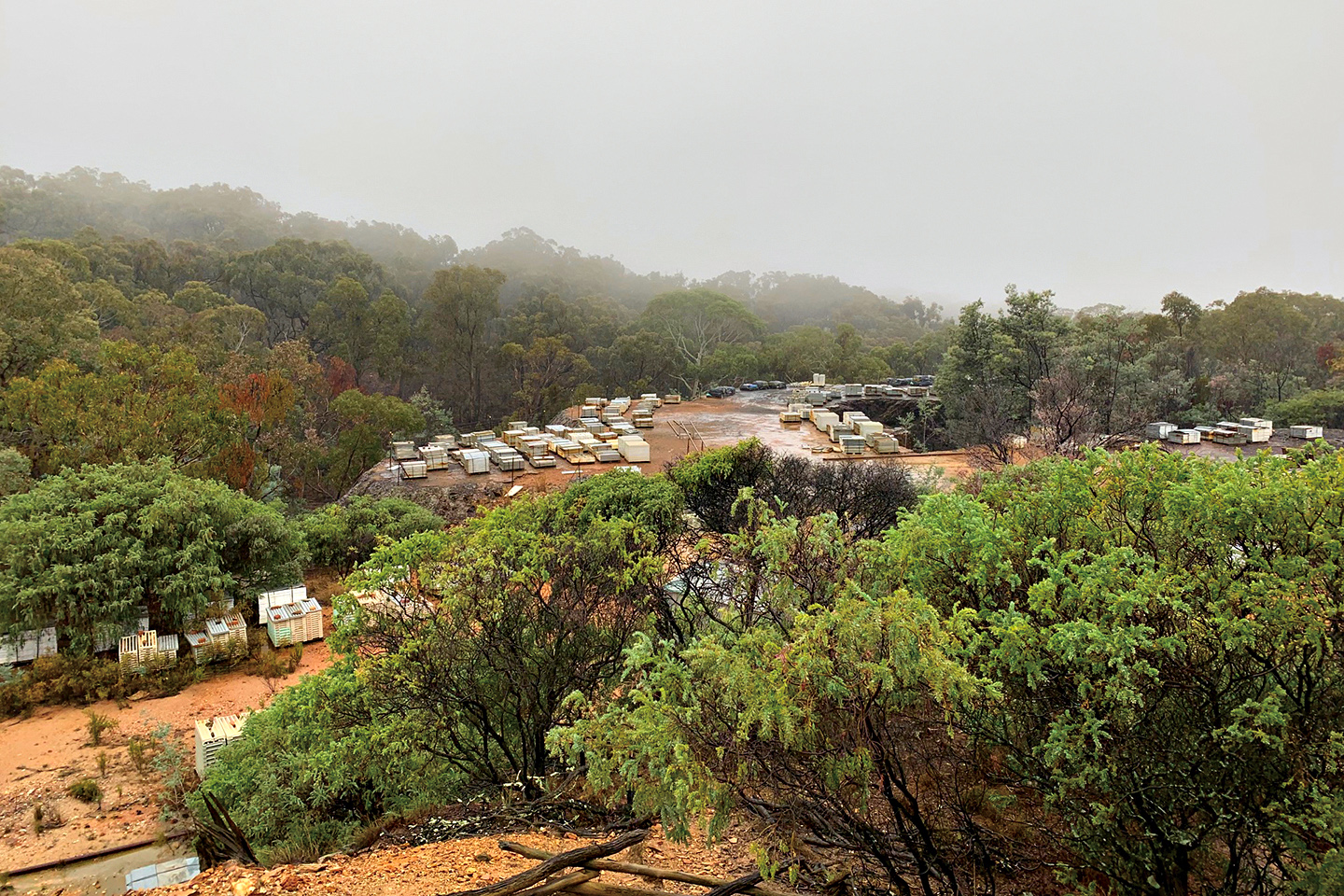
ASX-listed Godolphin Resources is set to kick off a follow-up reverse circulation drilling program targeting near-surface gold mineralisation at its high-priority Lewis Ponds project 15km east of Orange in the New South Wales Lachlan Fold Belt region’s Lachlan Transverse Zone next week. It comes after a set of encouraging gold sniffs from an initial round of resource definition diamond drilling.
The Orange-based precious and base metals explorer recently published a remodelled inferred mineral resource for Lewis Ponds estimated at 6.2 million tonnes at average grades of 2 grams per tonne gold, 80 g/t silver, 2.7 per cent zinc, 1.6 per cent lead and 0.2 per cent copper following a detailed review of historical drilling data.
Contained metal content totals for the updated Lewis Ponds resource statement currently stand at 398,000 ounces of gold, 15.9 million ounces of silver, 170,000 tonnes of zinc, 99,000 tonnes of lead and 11,000 tonnes of copper.
Past mining and exploration at Lewis Ponds focused predominantly on stratabound volcanogenic-hosted massive sulphide base metal models, Godolphin says.
However, the company’s in-depth analysis last year of previous owners’ drilling results – from more than 210 holes totalling 63,300m, made up of 58,425m of diamond drilling and 4,909m of RC drilling – pointed to an association between precious metals and the base metal lodes.
Godolphin says the planned RC drilling at Lewis Ponds, which takes in an array of historical gold and base metal workings, will be aimed at extending the project’s Quarry lode mineralisation northwards.
The Spicer’s lode and Tom’s lode speak for the existing mineral resource estimate for Lewis Ponds.
While the Quarry lodes have been intersected at depth in previous deep core drilling, they also occur near the surface in an area essentially undrilled in the northern target zone, according to the company.
The better of the encouraging intersections from the four diamond holes drilled at Lewis Ponds this year was a broad 43.2m across the Spicer’s and Tom’s lodes grading an average 1.82 g/t gold, 14 g/t silver and 0.4 per cent zinc and lead combined, or a gold-equivalent grade of 2.36 g/t, from 446m depth.
That drill hit contained a triumvirate of higher-grade cores including 6m going at 3.56 g/t gold, 11 g/t silver and 0.7 per cent zinc and lead combined, or a gold-equivalent of 4.23 g/t, from 443m and 8m at 3.11 g/t gold, 32 g/t silver and 0.8 per cent zinc and lead combined, or a gold-equivalent of 4.27 g/t, from 465m.
The third one was 5m at 2.85 g/t gold, 24 g/t silver and 0.7 per cent zinc and lead combined, or a gold-equivalent of 3.72 g/t, from 479m.
A further earlier notable intercept from the same four-hole program was 18.6m at 1.38 g/t gold, 55 g/t silver, 5.4 per cent zinc and 1.8 per cent lead, or a gold-equivalent of 6.72 g/t, from 72m.
The most recent assay reported was 5.2m at 0.36 g/t gold, 38 g/t silver and 2.05 per cent zinc and lead combined, or a gold-equivalent of 2.22 g/t, from 466.2m depth including 1.3m at 1.25 g/t gold, 101 g/t silver and 5.98 per cent zinc and lead combined, or a gold-equivalent of 6.47 g/t, from 470.65m.
Godolphin is also planning to punch 11 RC holes into four prospects at its Gundagai gold project in the southern Lachlan Fold Belt, an area that has seen considerable historical gold mining.
According to the company, the Gundagai tenements take in several old gold and base metal workings hosted within a belt of basaltic rocks intruded by quartz-porphyry dykes or sills.
The drilling program is slated to commence during the current quarter.
Is your ASX-listed company doing something interesting? Contact: matt.birney@businessnews.com.au






